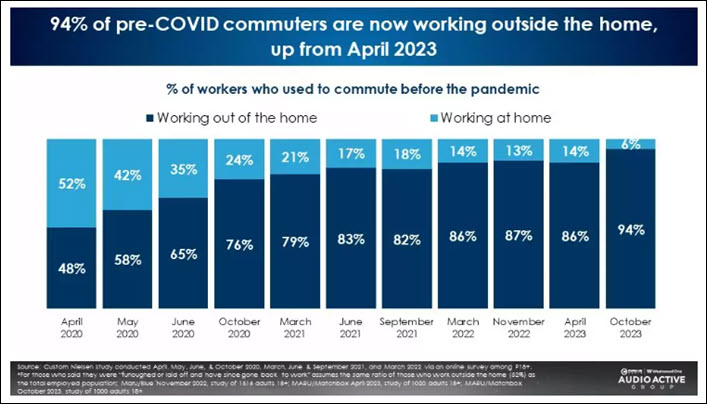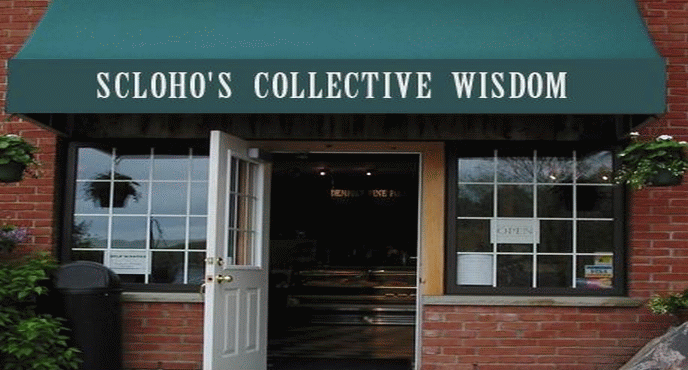‘Commutes Are Back’ As Time Spent With AM/FM In Cars Hits Eight-Year High.
That was the headline of an InsideRadio.com story last month and that’s great news for those of us in the radio broadcasting industry.
It’s also fantastic news for businesses that want to reach a regular and consistent audience and invite them to become their customers.
Naysayers have been predicting the end of radio relevancy for decades, and when something like a pandemic happens that disrupts our daily lives including our time spent driving, those negative voices get louder. However as a radio insider, I have the facts that say differently.
Here’s some more from that story:
Compared to results from earlier surveys by MARU/Matchbox and Nielsen since April 2020, the height of the pandemic – when more than half (52%) of pre-COVID commuters were working at home – that share gradually fell to just 6% in the recent survey, meaning 94% of average Americans are now commuting to work.

Here in Fort Wayne, Indiana the average commute time is around 20 to 30 minutes. Longer in the afternoon than morning for some reason. Radio continues to live in the car, or whatever you drive. The radio station I’ve been working for the past decade, WOWO in Fort Wayne Indiana did something this year that we’ve been talking about for a few years, we added an FM signal to the WOWO listening choices.
The backstory is that with the growth of EV’s many car companies were not including AM radio in the dashboards, only FM. While the broadcasting organizations having been lobbying Congress to force AM radio to be included in all new cars, at WOWO we decided to be proactive and rebrand with a focus on our full strength FM signal 92.3 along with our 1190 AM radio signal. And not to get all techy, but before May, you could listen to WOWO on the FM band at 107.5, but that was a low-power FM signal. If you had an HD FM radio, WOWO could also be heard at 97.3 HD2, but those were not as popular as a traditional full strength FM signal like we have now at 92.3 FM.
Going back to talking about people driving, last month I noticed that our two major malls were getting busier and busier as the holidays approached. Which means even more time spent in cars, listening to the radio on the way to buy from traditional brick and mortar stores, similar to what we had 4 or 5 years ago.
It’s a good sign for the local economy to see people buying locally and for radio stations like mine that are providing news and local information. This trend will continue after the new year too and if you want help driving our listeners to your business, contact me.

